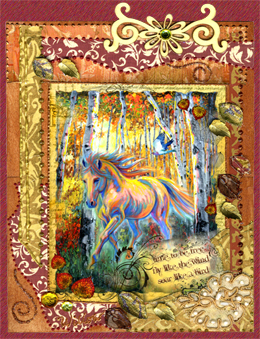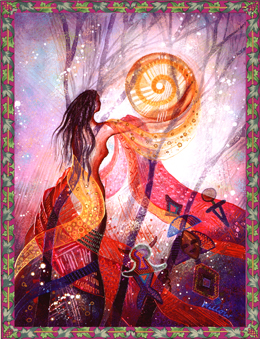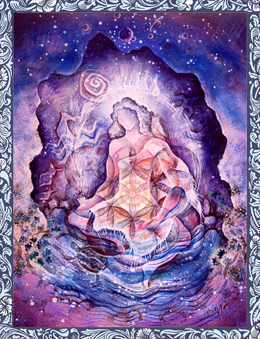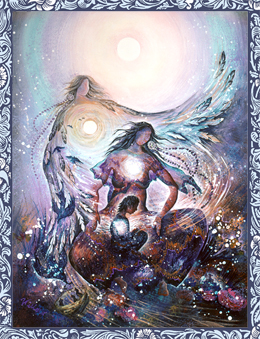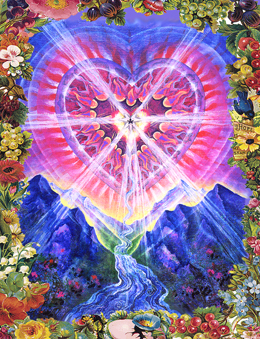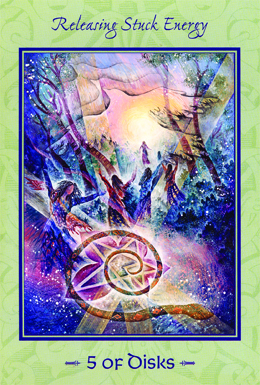I imagine all of us have had our share of anger, as it is a natural and normal human emotion. Anger is fundamentally a defense strategy. It arises from the solar plexus area of the body to protect us from being treated with disrespect or harmed in any way. Although anger can cause much harm, it is fundamentally a healthy emotion.
Can you imagine what it would be like if, as a child, all your angry emotions were strictly forbidden? I once worked with a client “Sue” many years ago who’s mother was very inconsistent. One minute she was supportive and sweet, and the next she would fly into a rage over the smallest infraction. Sue was furious about her mistreatment, but she also learned early on that it was not ok for her to have any angry feelings toward her mother. She could not risk threatening the attachment relationship with the person who also gave her nurturance.
Fast forward 30 years, and we find Sue with a lot of pain in her body. Her anger got packed into her tissues after years of a chronic “clamping down” pattern. She came into therapy to work on this, but every time we touched her anger, fear would arise and she would disassociate.
First, we had to work on her belief systems, so she could give herself permission to have her anger. We had to separate the past from the present and future. It was unsafe then to have her anger, but it is not unsafe now.
We then moved to the felt sensation of anger in her body. It started as a contraction in the solar plexus area. As Sue’s capacity to stay present increased, the congested energy began to soften and move up toward the throat chakra, where it met another constriction. It took a while to open this constriction, because it meant directly expressing her anger. Eventually the backlog of repressed anger moved out, and Sue began to feel much more alive. She was able to express her anger appropriately and attract more loving people into her life.

